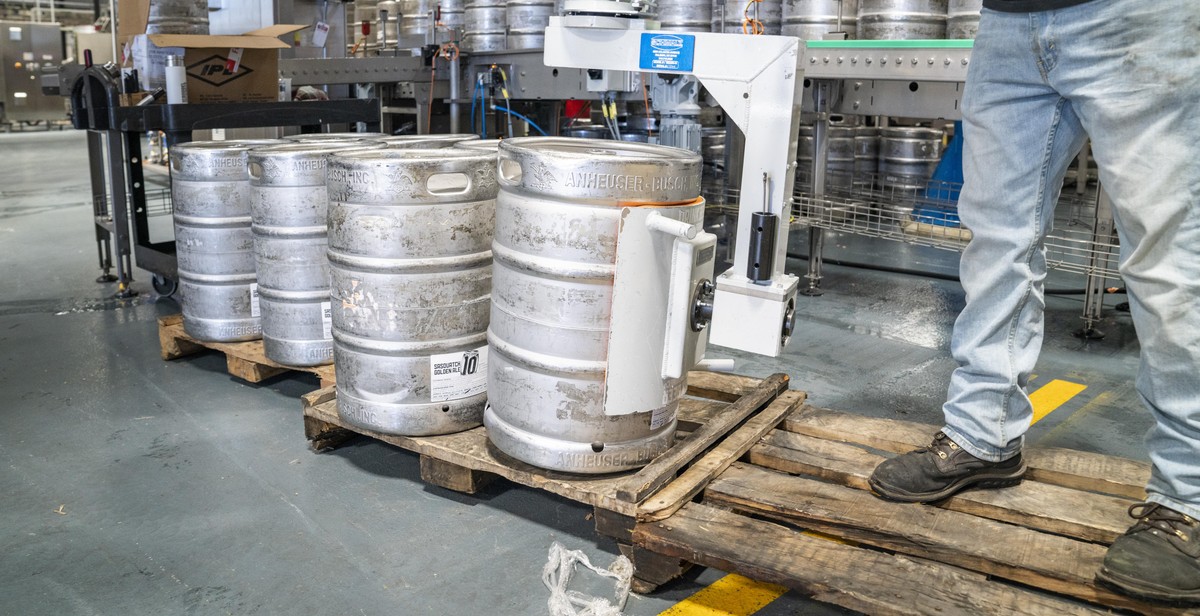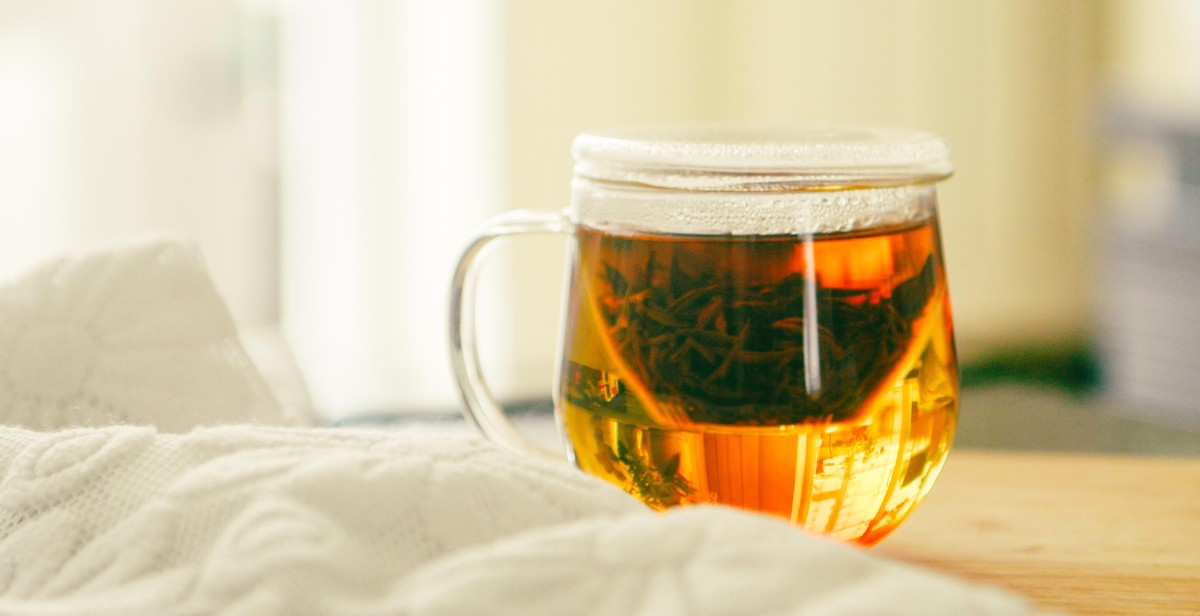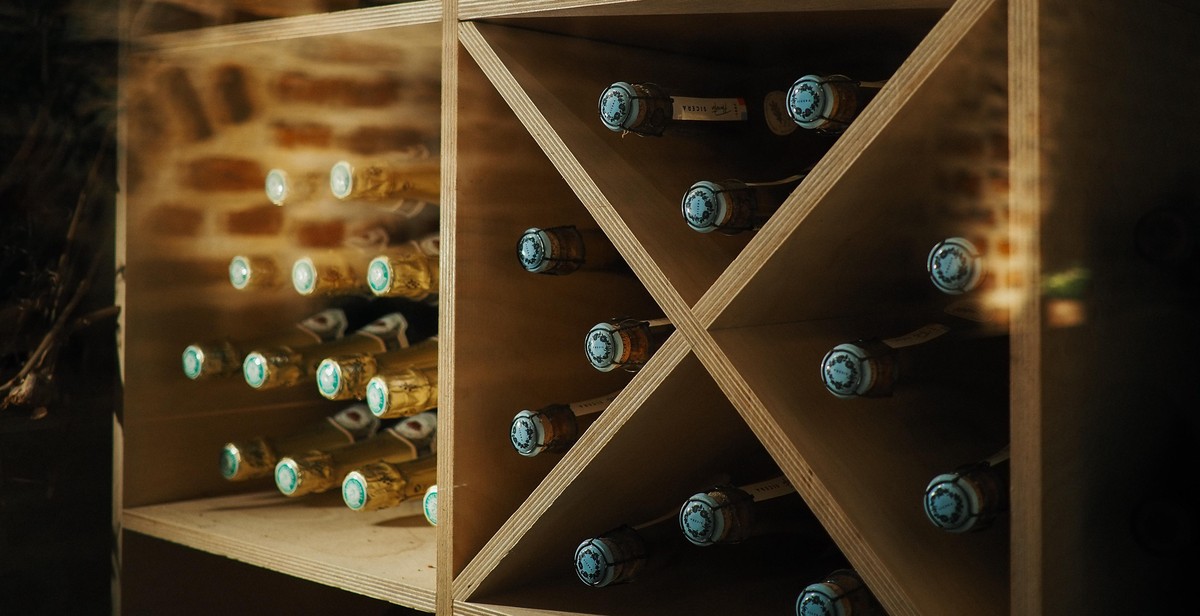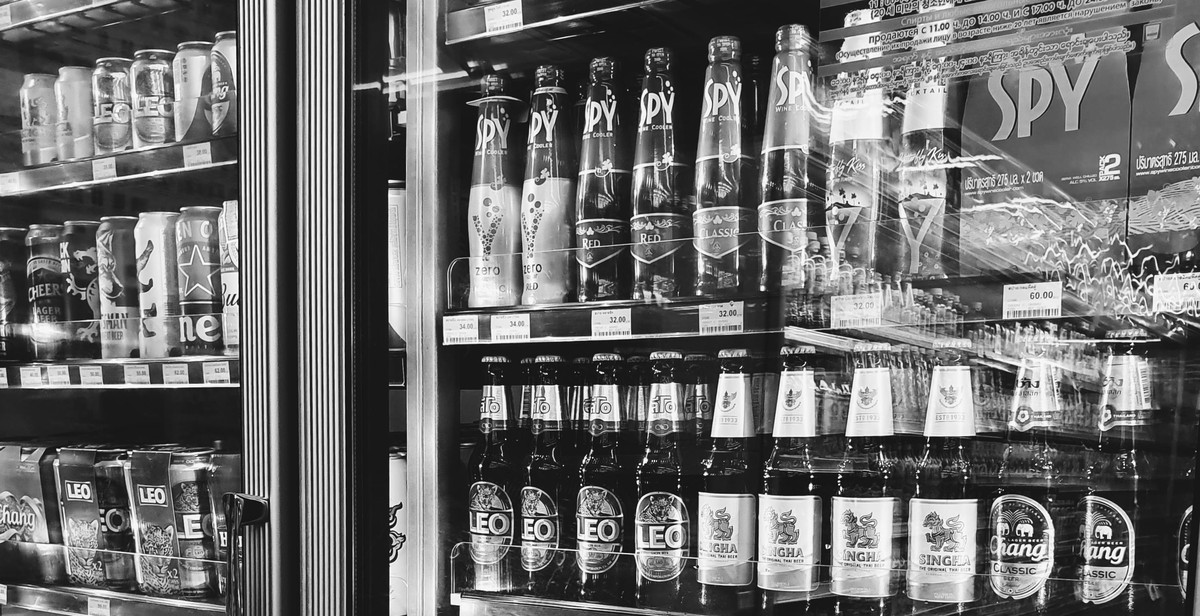How to Store and Cellar Beer Properly: Preserving Flavor and Quality
Beer is a beloved beverage that comes in many different varieties and flavors. Whether you’re a casual drinker or a serious beer enthusiast, it’s important to know how to store and cellar your beer properly. Proper storage and cellaring can help preserve the flavor and quality of your beer, ensuring that you get the most out of your drinking experience.
Why Proper Beer Storage and Cellaring is Important
Beer is a delicate and complex beverage that can be affected by a variety of factors. The way you store and cellar your beer can have a big impact on its flavor and quality. If you don’t store your beer properly, it can become oxidized, skunky, or stale. This can lead to a less enjoyable drinking experience.
Cellaring beer is also important for certain types of beer, such as barrel-aged beers or high-alcohol beers. These beers can benefit from aging, which can help mellow out harsh flavors and bring out new complexities. However, if you don’t cellar these beers properly, they can become over-oxidized or infected, ruining the beer.
In this article, we’ll explore the best practices for storing and cellaring beer, including temperature control, light exposure, and aging techniques. By following these tips, you can ensure that your beer stays fresh and delicious for as long as possible.

Beer Storage Basics
Proper beer storage is essential to maintaining the flavor and quality of your favorite brews. Here are some beer storage basics to keep in mind:
Temperature
Temperature is one of the most important factors to consider when storing beer. Beer should be stored at a cool and consistent temperature, ideally between 45°F and 55°F. Any temperature above 70°F can cause beer to spoil and develop off flavors. It’s also important to avoid temperature fluctuations, as this can cause the beer to spoil faster.
When storing beer, it’s best to keep it in a cool, dark place, like a basement or a closet. Avoid storing beer in direct sunlight or near any heat sources, like radiators or heaters.
Light
Light can also have a big impact on beer quality. Light, especially UV light, can cause beer to develop a “skunky” flavor. This is because the light breaks down the hop compounds in the beer, which can produce a sulfur-like aroma.
To avoid light damage, it’s best to store beer in dark bottles or in a dark place. If you do need to store beer in clear bottles, it’s best to keep them in a dark place or cover them with a cloth or paper bag to protect them from light.
Position
The position of the beer bottle can also affect its quality. Beer should always be stored upright, especially if it’s a bottle-conditioned beer (meaning it has live yeast in the bottle). Storing beer on its side can disturb the yeast sediment and affect the flavor of the beer.
If you’re storing beer for an extended period of time, it’s also a good idea to rotate the bottles every few months. This helps ensure that the yeast sediment stays evenly distributed in the bottle.
- Store beer at a cool and consistent temperature between 45°F and 55°F
- Avoid storing beer in direct sunlight or near any heat sources
- Store beer in dark bottles or in a dark place to avoid light damage
- Always store beer upright to avoid disturbing the yeast sediment
- Rotate the bottles every few months to ensure the yeast sediment stays evenly distributed
By following these beer storage basics, you can help preserve the flavor and quality of your favorite brews for longer periods of time.

Cellaring Beer
Cellaring beer is a great way to preserve its flavor and quality over time. However, not all beers are suitable for cellaring. Here are some things to consider when choosing the right beer to cellar:
Choosing the Right Beer to Cellar
First and foremost, you need to choose a beer that is age-worthy. This means that the beer should have a high alcohol content, and a strong flavor profile that can stand up to aging. Beers that are high in alcohol, such as barleywines, imperial stouts, and Belgian strong ales, are great candidates for cellaring.
Additionally, you should choose a beer that is bottle-conditioned. Bottle-conditioned beers contain live yeast, which can continue to ferment and develop the beer’s flavor over time. Beers that are pasteurized or filtered are not suitable for cellaring, as they do not contain live yeast.
Temperature and Humidity
Temperature and humidity are crucial factors when it comes to cellaring beer. Ideally, beer should be stored at a temperature between 50-55°F (10-13°C) and a humidity level of around 50-70%. This will help to prevent the beer from oxidizing and spoiling over time.
If the temperature is too high, the beer may develop off-flavors or even spoil. If the temperature is too low, the beer may not age properly. Humidity is also important, as it can help to prevent the corks or caps from drying out and allowing air to enter the bottle.
Age-Worthy Beers
Some beers are better suited for cellaring than others. Here are a few examples of age-worthy beers:
- Barleywines
- Imperial stouts
- Belgian strong ales
- Lambics and sour beers
- Old ales
- English strong ales
These beers have a high alcohol content, a strong flavor profile, and are bottle-conditioned, making them ideal for cellaring.
| Beer Style | Recommended Aging Time |
|---|---|
| Barleywine | 1-3 years |
| Imperial Stout | 1-5 years |
| Belgian Strong Ale | 2-5 years |
| Lambic/Sour Beer | 1-10 years |
| Old Ale/English Strong Ale | 1-5 years |
Keep in mind that these are just general guidelines, and the aging time will vary depending on the specific beer and your personal preferences.

Tips for Proper Beer Storage and Cellaring
Proper beer storage and cellaring can make a significant difference in preserving the flavor and quality of your beer. Here are some tips to help you store and cellar your beer properly:
1. Dark and Cool Location
Beer should be stored in a dark and cool location, away from direct sunlight and heat. Exposure to light and heat can cause beer to spoil and lose its flavor. Ideally, beer should be stored at a temperature between 45°F and 55°F (7°C and 13°C).
2. Keep Bottles Upright
When storing beer, it is important to keep the bottles upright. This will help prevent the yeast from settling at the bottom of the bottle, which can affect the flavor of the beer. Keeping the bottles upright also helps prevent the beer from oxidizing, which can cause off-flavors.
3. Avoid Temperature Fluctuations
Temperature fluctuations can also affect the quality and flavor of beer. It is important to store beer in a location where the temperature is consistent. Avoid storing beer in areas where the temperature fluctuates frequently, such as near windows or doors.
4. Store in a Low-Vibration Area
Beer should be stored in a low-vibration area. Vibrations can disturb the yeast in the bottle and cause the beer to spoil or lose its flavor. Avoid storing beer near appliances or equipment that generate vibrations.
5. Keep Away from Strong Odors
Beer can easily absorb odors from its surroundings. It is important to store beer away from strong odors, such as cleaning products, perfumes, or other strong-smelling items. This will help preserve the flavor and aroma of the beer.
| Tip | Description |
|---|---|
| Dark and Cool Location | Store beer in a dark and cool location, away from direct sunlight and heat. |
| Keep Bottles Upright | Store beer bottles upright to prevent yeast settling and oxidation. |
| Avoid Temperature Fluctuations | Store beer in a location with consistent temperature to avoid flavor changes. |
| Store in a Low-Vibration Area | Avoid storing beer near appliances or equipment that generate vibrations. |
| Keep Away from Strong Odors | Store beer away from strong odors to preserve its flavor and aroma. |

Final Thoughts
Proper storage and cellaring of beer can greatly enhance its flavor and quality. Whether you are a casual beer drinker or a serious beer enthusiast, following the guidelines outlined in this article can help you preserve the taste and aroma of your favorite brews.
Key Takeaways
- Store beer in a cool, dark place away from direct sunlight and heat sources.
- Avoid storing beer in the fridge for extended periods of time.
- Cellar beer at a consistent temperature range between 50-55°F (10-13°C).
- Consider the style, ABV, and aging potential of the beer before cellaring.
- Use proper glassware and serving techniques to fully enjoy the flavors and aromas of the beer.
Benefits of Proper Storage and Cellaring
By storing and cellaring beer properly, you can:
- Preserve the flavor, aroma, and overall quality of the beer.
- Experience the full range of flavors and aromas that the brewer intended.
- Enjoy the unique and complex characteristics that develop over time in certain beer styles.
- Expand your knowledge and appreciation of beer as a beverage and cultural phenomenon.
